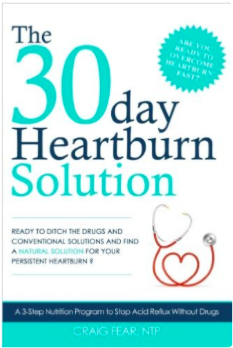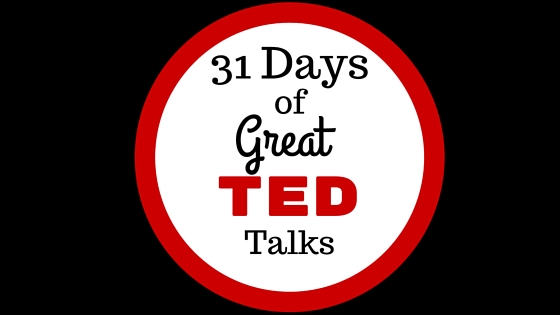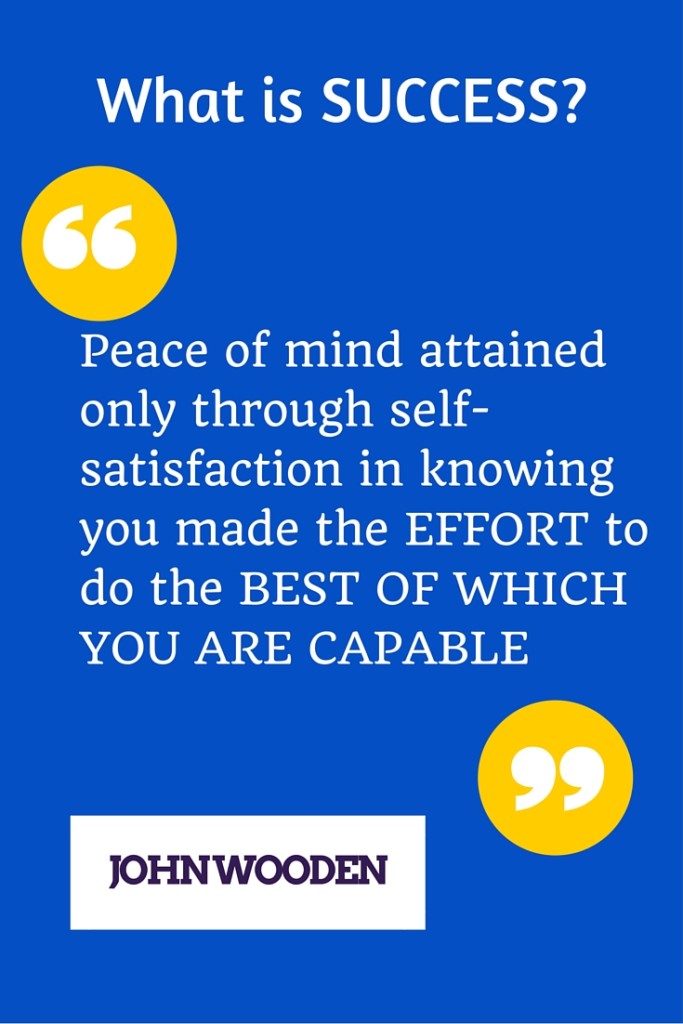If you know someone heading off to college in the fall, “How to Become a Straight-A Student” by Cal Newport is a great resource. The sub-title (“The Unconventional Strategies Real College Stuents Use to Score High While Studying Less”) is true.
The book is full of practical strategies that I’ve never heard before and wish I had known when I went to college and law school.
Luke, the one starting college in the fall, is a good student and thrives under the accountability and structure of a schedule and assignments. He’s a little anxious about adjusting to the academics and managing his own time, along with all the other changes that college life brings.
I heard Cal Newport on a podcast discussing his new book “Deep Work“. He also briefly mentioned his first book (Straight A Student) which is a practical playbook dissecting and describing how top college students organize their time and study effectively without stressing out.
He mentioned one effective study technique as an example and I knew the book would help Luke.
Newport’s simple time management system, which he describes in the first chapter, is worth the price of the book.
If you implement it correctly, the simple system should only take 5-10 minutes a day of planning.
I’ll summarize it here but Newport gives a few clear examples to illustrate how effective it can be to minimize anxiety.
It requires a calendar (digital or physical) to record important dates and events. You’ll also need a piece of paper or something portable to jot the daily tasks on and things that come up during the day.
The calendar serves as the master schedule which you’ll consult each morning for 5-10 minutes to create your portable “to-do” list.
As the day goes on, you can check off or reschedule the to-dos, you’ll also record any new assignments or important dates on this portable note (sheet of notebook paper works fine). So, when your professor announces the date of a quiz at the end of class, if you jot it down on your sheet, you won’t risk forgetting if you don’t get back to your room until later in the day. It’s an easy way to make sure important things aren’t overlooked and you don’t have to rely on your memory.
A couple of thoughts: forming a habit of consulting the master calendar, taking a few minutes each morning at the beginning of the day and jotting down notes as the day goes on might be the hardest part of this system. Definitely, its success relies on forming a few new habits. Second, as you continue, you’ll get better at judging what you can accomplish in a day. Again, this will come with practice.
I’m anxious for Luke to try this time management system on his busy but not stressful summer schedule a few weeks before school starts so he understands the basics and gets into the habit.
The book also offers anti-procrastination strategies, time-saving study tactics, note-taking tips and a lot of other practical information that’s realistic and executable.
I’m confident that if Luke implements even a few of the strategies, it will minimize his anxiety and help him navigate a more demanding academic schedule.
If it’s appropriate, I’ll write about the other parts of the book in separate posts.











